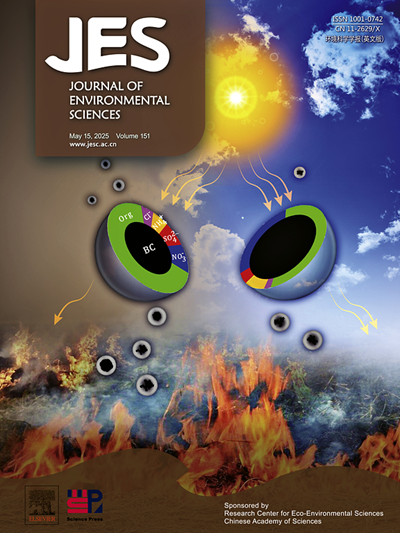Effects of engineering injection and supplement mode of in-situ biogeochemical transformation enhancement EVO-FeSO4 on the remediation of tetrachloroethylene contaminated aquifer
IF 5.9
2区 环境科学与生态学
Q1 ENVIRONMENTAL SCIENCES
引用次数: 0
Abstract
Traditional in situ biogeochemical transformation suffers from competition among crucial microorganisms and inadequate formation of reactive minerals, thus leading to the accumulation of toxic intermediates. In this study, three regulation schemes were proposed to solve these problems from the perspective of engineering mode. Results showed intermittent injection mode effectively reduced the accumulation of toxic intermediates but the reduction rate of tetrachloroethylene was decreased. And periodical supplementation of carbon and sulfur sources accelerated the removal of tetrachloroethylene but failed to reduce the accumulation of toxic products. While, regular supplementation of sulfate effectively weakened the competition of methanogens and increased the iron sulfide proportion on the surface of the minerals, thus reducing the accumulation of toxicity. Based on the results, this study obtained an effective engineering approach for practical site application. In addition, the main forms of active minerals capable of β-eliminating contaminants during biogeochemical transformation were identified in this study, including FeS, FeS2, and Fe3S4. Furthermore, the engineered regulatory mechanism of this study was summarized through the analysis of microbial community structure and mineral morphology. The amendment promotes the production of minerals and thus controls the transformation pathway of contaminants by altering the abundance of sulfate-reducing bacteria and dissimilatory iron reducing bacteria. This mechanism can provide a basis for subsequent theoretical studies.

求助全文
约1分钟内获得全文
求助全文
来源期刊

Journal of Environmental Sciences-china
环境科学-环境科学
CiteScore
13.70
自引率
0.00%
发文量
6354
审稿时长
2.6 months
期刊介绍:
The Journal of Environmental Sciences is an international journal started in 1989. The journal is devoted to publish original, peer-reviewed research papers on main aspects of environmental sciences, such as environmental chemistry, environmental biology, ecology, geosciences and environmental physics. Appropriate subjects include basic and applied research on atmospheric, terrestrial and aquatic environments, pollution control and abatement technology, conservation of natural resources, environmental health and toxicology. Announcements of international environmental science meetings and other recent information are also included.
 求助内容:
求助内容: 应助结果提醒方式:
应助结果提醒方式:


